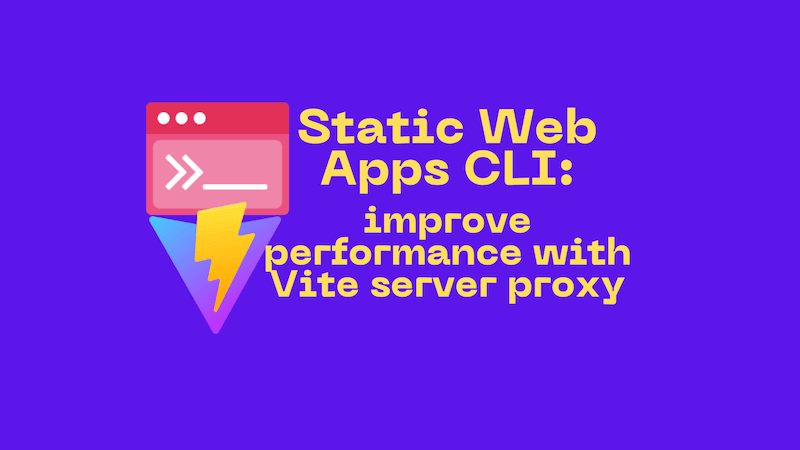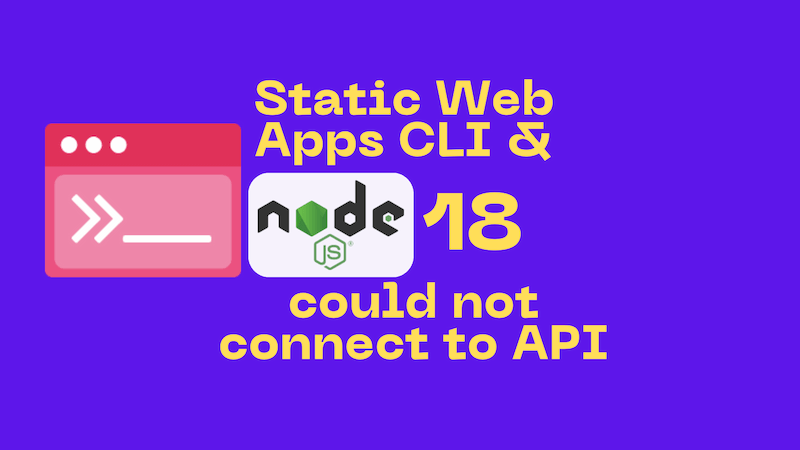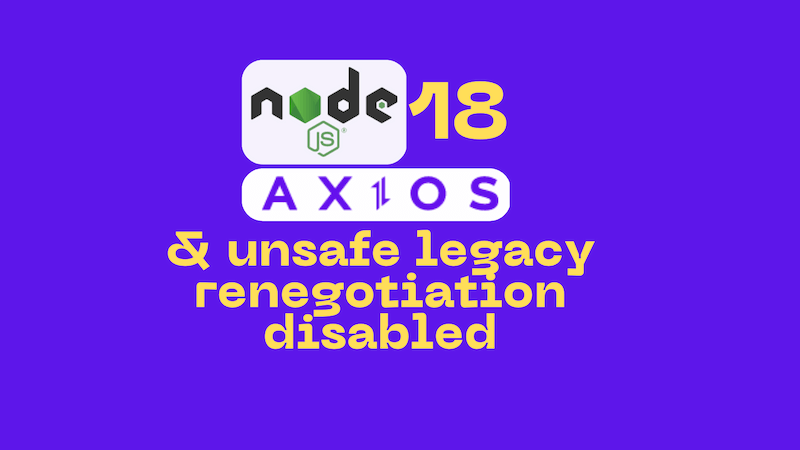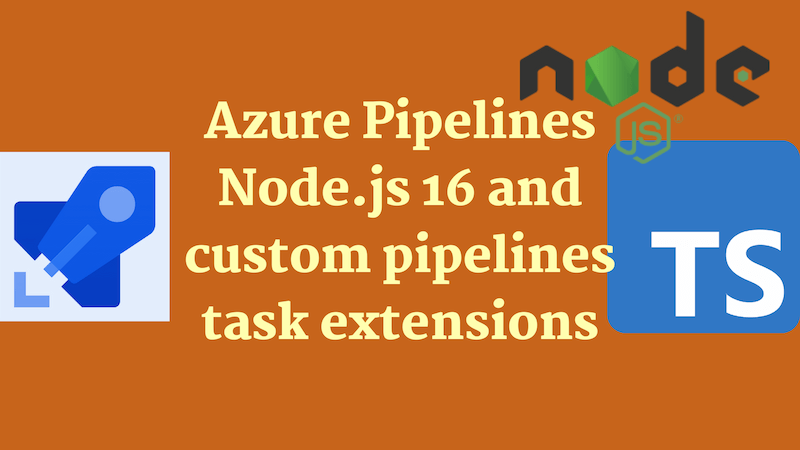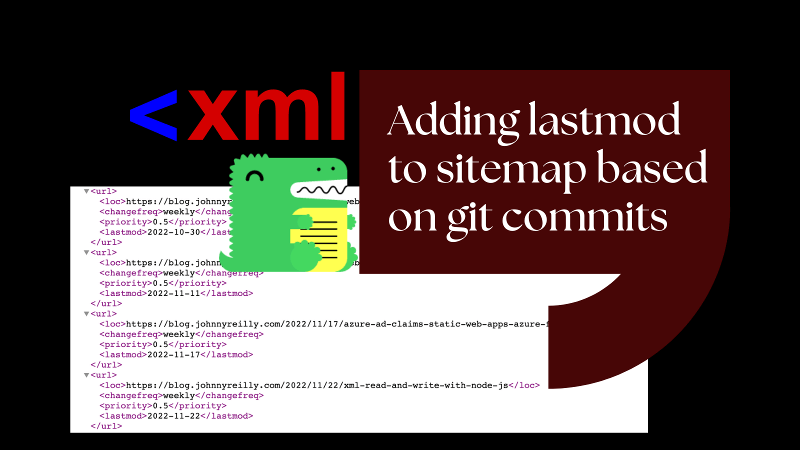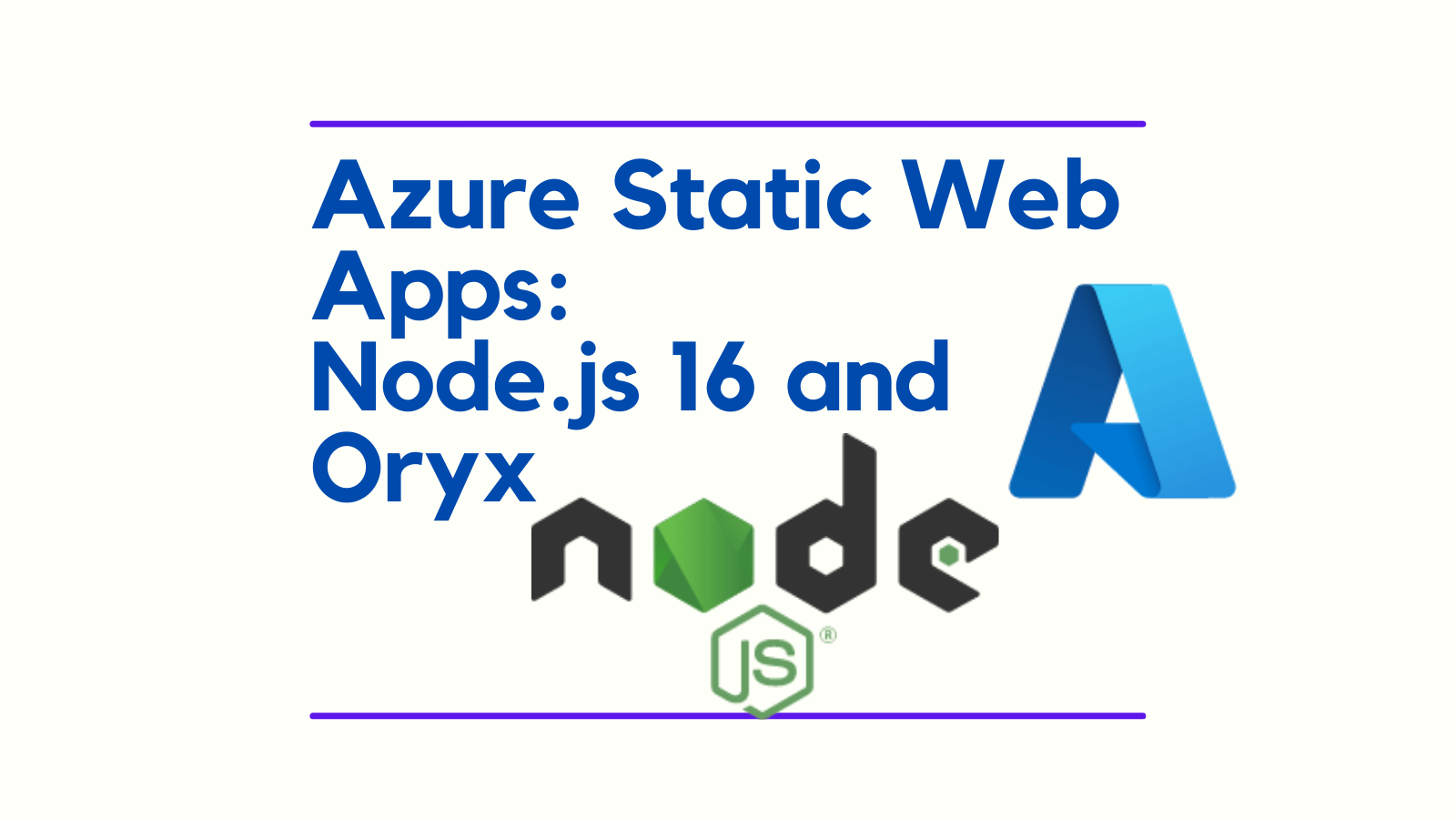Azure DevOps API: Set User Story column with the Azure DevOps Client for Node.js
When I attempted to set the column of a User Story in Azure DevOps using the Azure DevOps Client for Node.js, I was surprised to find that the field System.BoardColumn was read-only and I bumped into the error:
TF401326: Invalid field status 'ReadOnly' for field 'System.BoardColumn'.
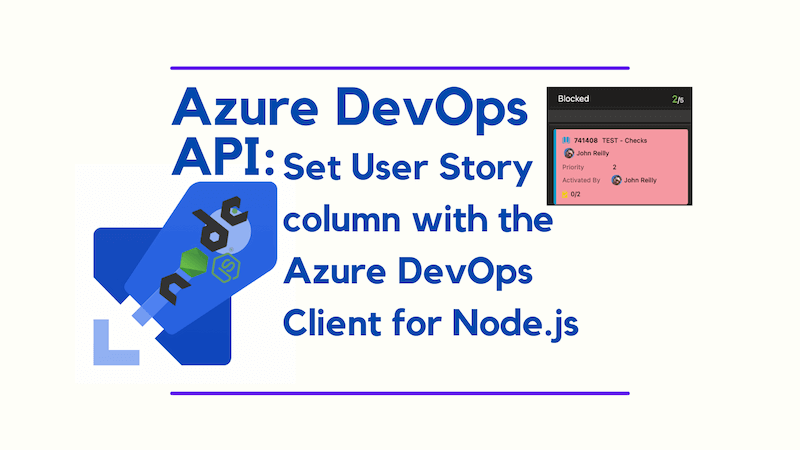
This post explains how to set the column of a User Story in Azure DevOps using the Azure DevOps Client for Node.js and it's based in part on a Stack Overflow question.

